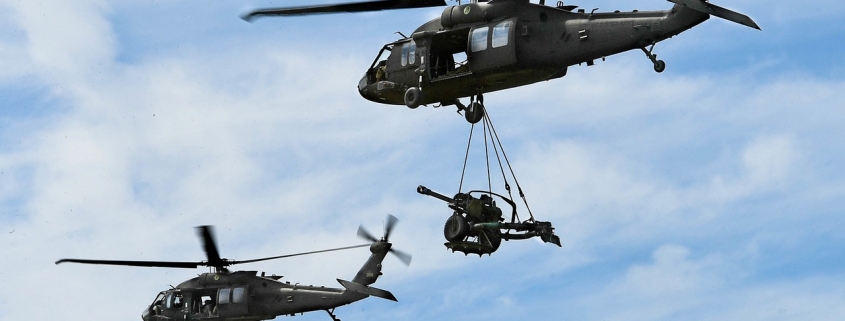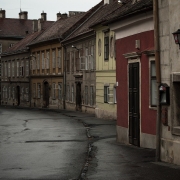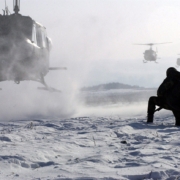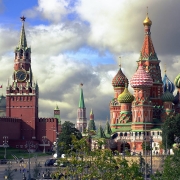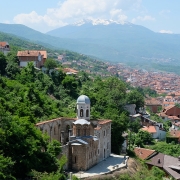How did the Somali civil war start?
What happened in Somalia?
In the 1980s, a civil war broke out in Somalia, which is located close to the ‘Horn of Africa’ (next to Ethiopia and Kenya). The internal conflict arose due to the resistance against the dictator – Jaalle Mohamed Siad Barre. In 1991, armed opposition overthrew the Barre government, leaving behind a power vacuum, such that political infighting ensued. Generally, even with the intervention of the United Nations, Somalia was embroiled in a longstanding conflict. Following the Battle of Mogadishu in 1993, the UN lost its confidence and withdrew in 1995.
Topic of Study [For H1/H2 History Students]:
Paper 1: Safeguarding International Peace and Security
Section B: Essay Writing
Theme III Chapter 2: Political Effectiveness of the UN in maintaining international peace and security
In the next section, we will learn more about the respective roles that can explain the developments of the Somali civil war, particularly the involvement of the United Nations.
1. [Somalia] A vague semblance of order
Following the collapse of the Barre government, Somalia entered a state of anarchy as multiple military factions began to engage in violent confrontations. The Somali National Movement (SNM) occupied the northern parts (later known as Somaliland), whereas the United Somali Congress (USC) controlled both the capital of Mogadishu and the southern regions.
However, as the capital represented the seat of power, armed factions led by the USC leaders, Mohamed Farah Aidid and Ali Mahdi Mohamed, fought aggressively. Then, Ali Mahdi Mohammed was recognised as the President of Somalia, even though his political influence was limited to the capital. In 1992, a ceasefire was called between the two leaders.
2. [United Nations] Humanitarian responses
In view of the humanitarian crisis in Somalia, the United Nations Security Council (UNSC) passed Resolution 733 (23 Jan 1992) and Resolution 746 (17 Mar 1992). The purpose of these Resolutions was to assist Somalia in the restoration of peace through the provision of humanitarian support. To facilitate this process, the United Nations Operation in Somalia I (UNOSOM I) was formed. Unfortunately, the severity of internal political instability due to the military infighting between warlords hampered the UNOSOM I’s humanitarian relief efforts.
To address this setback, the UNSC passed Resolution 794 (3 Dec 1992) to authorise the deployment of the United Task Force (UNITAF). The UNITAF’s role was to facilitate the creation of a stable and secure environment for ‘humanitarian relief operations’. Notably, the UNITAF was granted SC authorization to use force and ensure that there was minimal obstruction by the local warlords in Somalia. In 1993, the UNOSOM II was deployed to sustain the provision of humanitarian support.
3. [USA] A fatal error: The Battle of Mogadishu
In Aug 1993, the US deployed a Joint Special Operations force, known as the Task Force Ranger, with the aim of capture two of General Mohammed Farah Aidid’s lieutenants. It was part of Operation ‘Gothic Serpent’, which had the main aim of seizing Farah Aidid in the capital Mogadishu.
In Oct 1993, the operation met a major setback as two US ‘Black Hawk’ helicopters were shot down by the local aggressors. All the survivors except one (Michael Durant) were killed by the Somalis at the crash site.
The failed operation had greater political implications on both the US and UN. US President Bill Clinton changed the foreign policy stance and withdrew US forces from Somalia. Similarly, other UN member states followed suit, such as Italy, Belgium, Sweden and France.
What was the outcome?
In conclusion, the UNSC issued Resolution 954 (4 Nov 1994) and called on the UN to withdraw all its forces from Somalia. Eventually, all the UN soldiers left the ‘failed state’ on 3 Mar 1995.
What can we learn from this case study?
Consider the following questions to understand the case study better:
– Was the UN successful in providing humanitarian aid in this conflict?
– What were the determining factors to evaluate the successes and limitations of the UN operations in Somalia? [to be discussed in class]
The H2 and H1 History Tuition feature online discussion and writing practices to enhance your knowledge application skills. Get useful study notes and clarify your doubts on the subject with the tutor. You can also follow our Telegram Channel to get useful updates.
We have other JC tuition classes, such as JC Math Tuition and JC Chemistry Tuition. For Secondary Tuition, we provide Secondary English Tuition, Secondary Math tuition, Secondary Chemistry Tuition, Social Studies Tuition, Geography, History Tuition and Secondary Economics Tuition. For Primary Tuition, we have Primary English, Math and Science Tuition. Call 9658 5789 to find out more.

